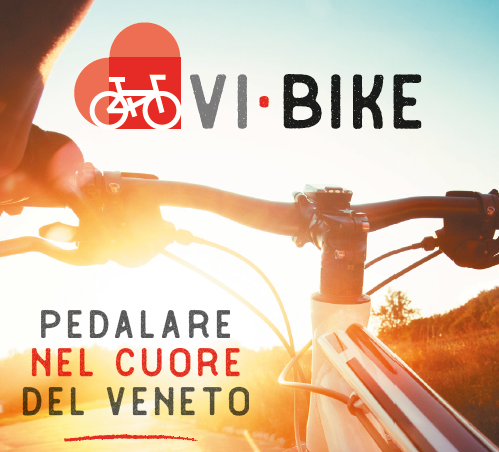On 3 September 1786 Goethe left Karlsbad to go to Italy. A sudden departure, in the middle of the night, which many interpret as a 'flight'. The poet left behind the tormented love for baroness Von Stein, with whom however he would exchange many letters, and the many public appointments which distracted him from his literary work. So, to rediscover tranquillity, the poet crossed the Brenner pass with the intention of giving full vent to his inclinations, beyond all protocols. From Verona to Vicenza, and then to Padua and Venice, where he stayed for long; then to Rome, at the apex of his interests, and lastly to Naples, in a voyage which should have lasted only a few weeks, but instead lasted for more than two years. In Vicenza: a stay from 19 to 26 September. He would briefly return there in 1790.
ITINERARY 1
During his week in Vicenza, Goethe was a relieved man, who having freed himself of his boots and other marsh equipment, loved to mix with the people, praising the ways of the men and the uncommon beauty of certain curly brown-haired women. We meet him in the Piazza dei Signori, where the Palladian Basilica stands, the first work of the much admired architect. The diaries return us the nice image of the poet who refreshes himself with a bunch of grapes under the porticoes. Further praise should be given to the impressive 'score' of the Loggia del Capitanato, another Palladian work but created during his mature period. The Monte di Pietà (Pawnbroker's) complex terminates the monumental side. It used to house the Civic Library, which the poet visited render honour to the memory of Bertolo the jurist, who had established it. His admiration for the men of science manifested itself through his visit to the eminent botanist Turra and to the architect Bertotti Scamozzi, direct heir of the Palladian lesson and also the author of "The instructed foreigner", a kind of "Baedeker" of the period.
The visit continues in corso Palladio with the Basilica di S.Corona, whose "Adoration of the Veronese Magi" is highly praised. Further ahead stands the so-called Casa del Palladio, which inspired Goethe with high considerations and the desire to see it included in a painting by Canaletto. Then the corso enters a wider part: overlooking it are Palazzo Chiericati, the most important town dwelling designed by the architect, and the Teatro Olimpico, another of his masterpieces, which Goethe describes with sorrowful tones: "a theatre based on the ancient model, but in small proportions and indescribably beautiful…". Here, Goethe mixing with the public, watches with pleasure a session of the illustrious Olympic Academy. The evening spend by the poet at the Eretenio theatre is completely different: the Rape of the Serraglio is being shown there and the spectators, with no half measures, show that they enjoy the songs.
ITINERARY 2
Just outside the city, Goethe visits the Rotunda, the apex of Palladio's art. The villa, shaped like a temple, dominates the countryside crossed by the Bacchiglione river. "Perhaps the art of architecture has never reached this level of magnificence" the poet considered. The encounter with the paintings of Tiepolo takes place a short distance away, in Villa Valmarana ai Nani: without knowing if the work of the father or son stands before him, Goethe judges the sublime style of the former superior to the natural style of the latter. Then Goethe walks up the under porticoes of the Sanctuary of Monte Berico. He is not impressed either by the Baroque church or by the large canvas by the Veronese painter, which several years earlier had aroused opposing feelings in father kaspar: admiration for the art, scandal in seeing Jesus seated at a sumptuous table. The poet rather remembers a pleasant meeting with a veiled woman. "If only God had willed" - she said in her outburst - "that Palladio had left us the plan of an edifice for the Madonna del Monte….we would have seen things of which we have no idea at present!".







